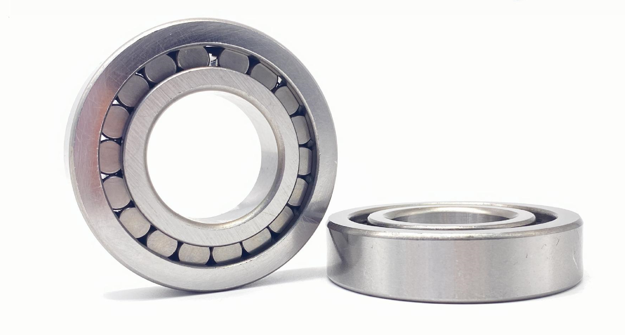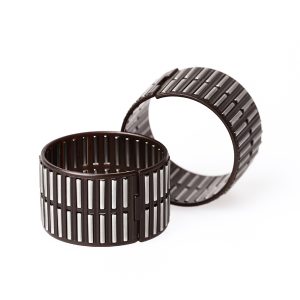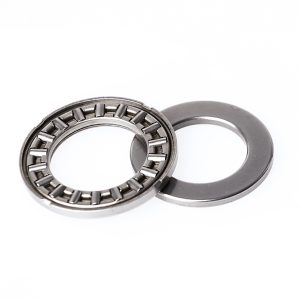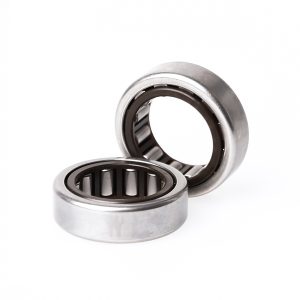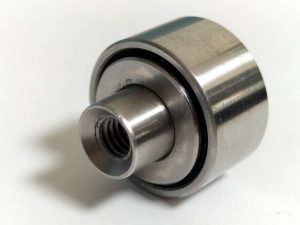There are many types of mechanical bearings, but six types are among the most popular. They include Plain Bearings, Rolling Element Bearings, Jewel Bearings, and Fluid Bearings. Let’s look at each of these types and learn how they differ from one another. Then, you’ll be able to choose the best type for your application.
- Plain Bearings
Plain mechanical bearings come in two basic types: bushing and sleeve. Both types provide supporting surfaces for moving parts. Bushing bearings are inserted into a cylindrical housing. Flanged bearings are designed with a flange at one end. Bushing bearings are the most common type of plain bearing. These are often used in heavy-duty machinery. Plain bearings are simple in design. A shaft rotates in a hole, and an outer ring is fitted to the inner ring. The outer ring is made with the same high-precision finish as the inner ring.
- Rolling Element Bearings
There are 6 basic types of rolling element bearings: ball, needle, roller, cage, and radial. These types of bearings are characterized by their internal structure, which allows them to support heavy axial loads. They usually feature an inner ring and an outer ring that have a curvature. These types of bearings are used in compressors, trucks, and buses. Rolling element bearings are an important component of modern technology. They are highly versatile and have a diverse range of applications.
- Jewel Bearings
Jewel Bearings are the most common type of mechanical bearing used in mechanical watches and other industrial applications. This type of bearing offers a number of benefits, including low friction and the ability to work without lubrication. These types of bearings are also smaller than ordinary bearings and can handle loads as light as a gram. They are also very easy to service and are often used in measuring instruments and mechanical watches.
- Fluid Bearings
Fluid bearings have the advantage of less friction. Their clearances change less under heavy loads, and their stiffness is a function of their average fluid pressure and surface area. The surface area of a fluid bearing is larger than its rolling surface, which causes its stiffness. Pressed surfaces also increase fluid pressure and minimize outflow. In addition, fluid bearings can have large faces, which prevent outflow when heavy loads are applied.
- Magnetic Bearing
Magnetic Bearing is one of the most popular types in the mechanical industry. It uses magnetic force to rotate a rotating shaft without causing friction. As such, it is highly effective and does not cause excessive heat or mechanical wear. Additionally, it does not limit the speed of rotation. In addition to being highly effective, active magnetic bearings are also easy to maintain and balance and do not require any configuration or special care.
- Flexure Bearing
Flexure bearings are a type of bearing that allows motion by bending a load element. They typically consist of a single part joined by two other parts. These devices are used in many applications and have many benefits. They are light and inexpensive, can be repaired easily, and have low friction. Their disadvantage is that their range of motion is limited, so they are not recommended for high loads.
